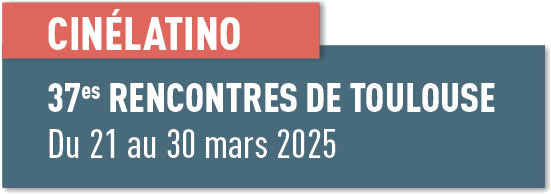Selection:
Director:
Country:
- Mexico
Format:
Type:
Film exhibited in Toulouse:
CUATES DE AUSTRALIA. Competencia Documental. Mejor Documental Mexicano (Premio XVI Jose Rovirosa); mejor Documental (XVI Festival Internacional de Lima); mejor Documental (XVIII Festival Internacional de cine de Los Angeles; mejor documental mexicano (XXVII Festival Internacional de Cine de Guadalajara).
Foreseen cast:
People around a slaughtered corpse: The Doctor; the Mother; the Son; the Widow; the Rescuer; the Sergeant; the Policeman; the Hitman; the Overlooker.
Script writer(s):
Synopsis:
In five years, its estimated that the war against organized crime in Mexico has left a death toll of 100,000 people executed and more than 300,000 indirect victims (children, widows, parents, friends of the deceased, etc.).
This documentary will record the stories of some of the victims of these nationwide stories, of those who committed the acts of violence, of those that suffer them, and of those who work in the resolution of the cases. Throughout a collection of testimonies, the viewer will perceive the chronicle of such terrible times.
As in any war, in Mexico, violent death has become a daily occurrence, the deceased have been stripped of their dignity, becoming just cold statistics of a war that hasn't been neither won nor lost. Mexicans have now grown accustomed to have breakfast with news splashed with blood; media have focused on incubating cold statistics, each victim is presented only as a side note, without going through the filter of compassion and empathy necessary to digest and purge the horror. Due to the foregoing, this documentary will not focus on the violent act itself, but on the fears and nightmares of people close to such terrible events.
The voices that shape the story will be those of civilian witnesses, police force, grave diggers, boys that go through adolescence with resentment, families that suffered forced exile; the voices of immigrants who take a train just to fall into the hands of an executioner, widows and mothers looking for their children and partners.
The result will be a reflection of how fear has been inserted into our subconscience.
Visual concept:
The project relies heavily on the ability to provide anonymity to the protagonists. All persons that appear in frame will be wearing a mask. The use of the mask has the specific purpose of covering the face. However, this is a concealment that discovers intimacy. That is, on one hand it covers and in the other one discovers. The history of each testimony will be accompanied by a vignette of everyday life, and in each sequence any person appearing on screen will be masked. It is a psychological documentary in which what we see and hear will mark our subconscience.







